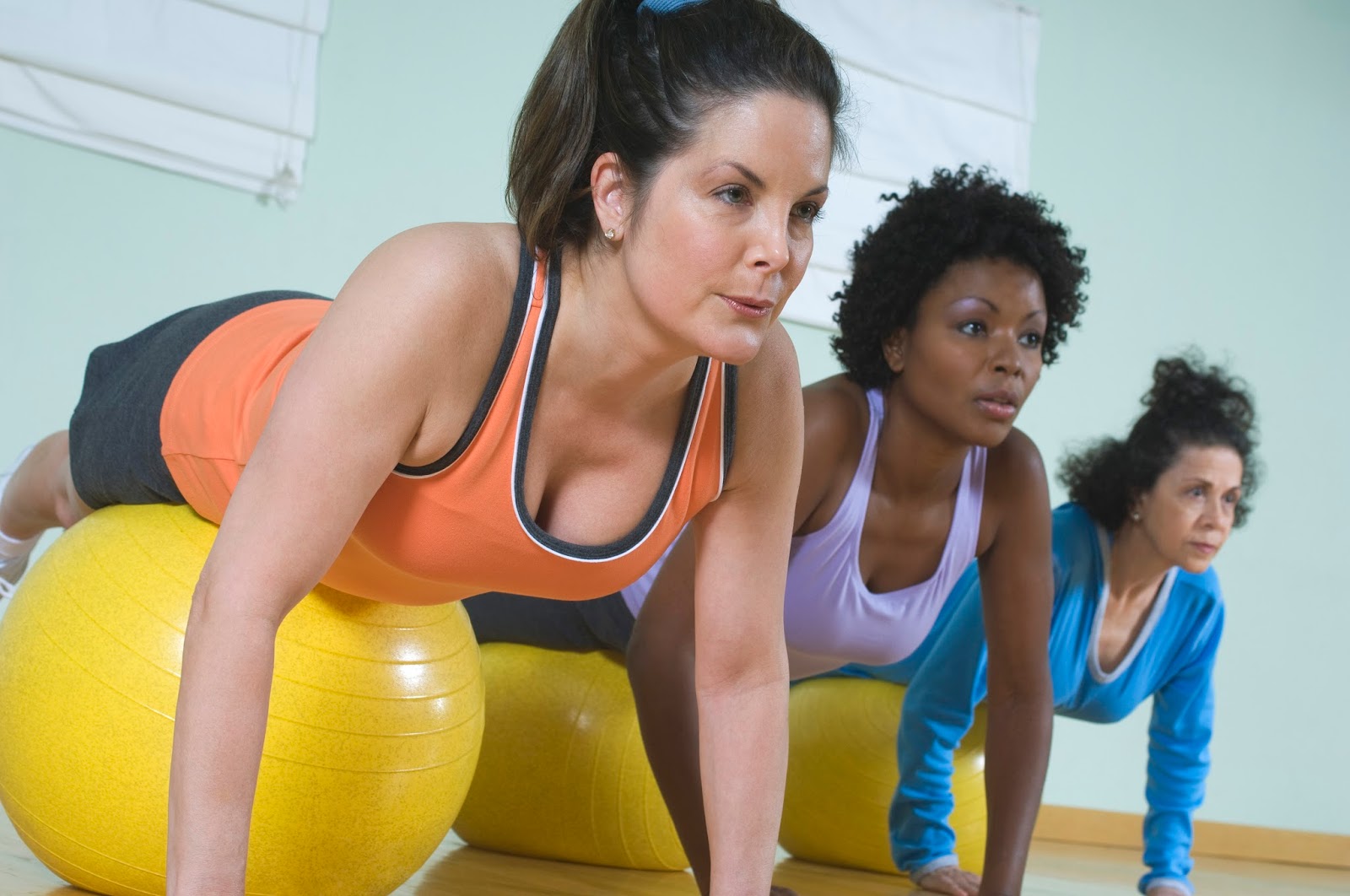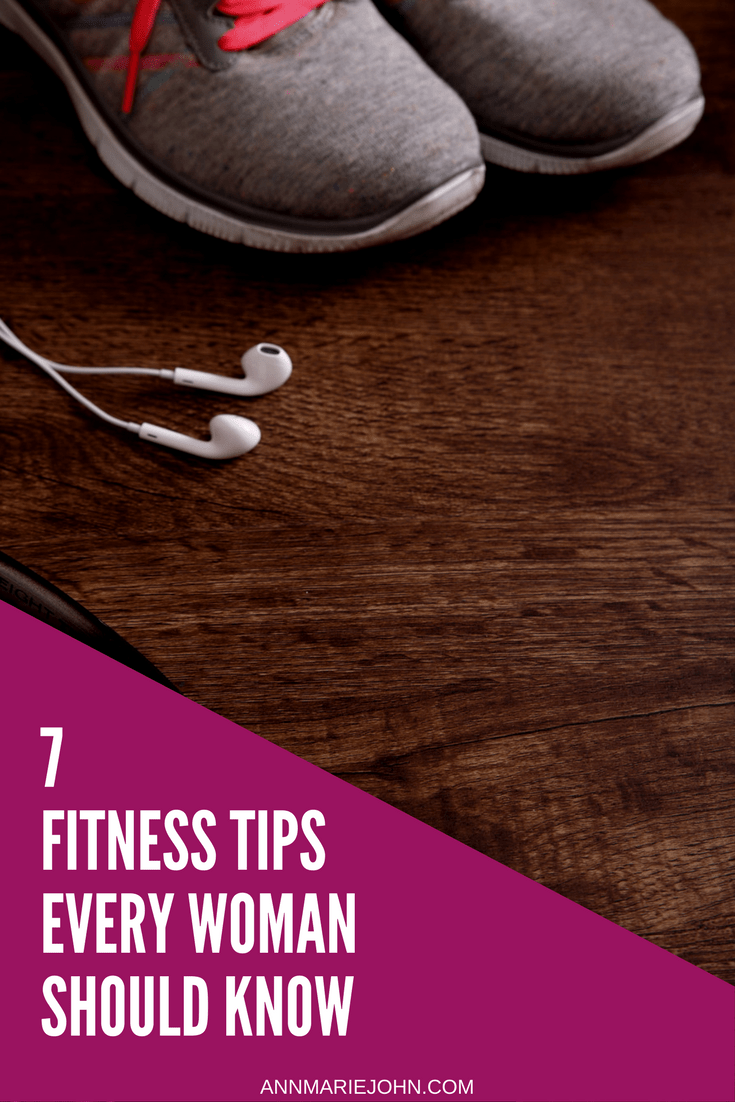Discover essential fitness tips tailored for women to enhance your workout routine and improve overall health. Empower your fitness journey today!

Since spring is making us all shed our bulky jackets and re-examine how we fit into our spring wardrobe, it seems like a good time to talk a bit about fitness.
The world of fitness is filled with all sorts of myths and misconceptions, and it can be hard to pinpoint which techniques, exactly, are going to give you the results you want from a fitness regimen. This can be even harder for women, as many fitness tips out there are geared specifically toward men. Because women respond differently to exercise than men do, here is a look at seven key fitness tips, especially for women.


Know your biological makeup.
First, it’s important to understand that men and women are biologically different in terms of how they typically carry weight and burn energy. Fitness tips that are geared implicitly toward men may not affect your body in the same way that they would affect a man’s body. Women, for example, naturally carry about 6 to 11 percent more body fat than men do. Moreover, men and women tend to carry fat in different places.
Men have a tendency to carry fat in the upper body, such as in the gut, while women tend to carry it in the hips, buttocks, and thighs. Even the types of fat that men and women tend to carry are different. These are important things to keep in mind as you plan and set expectations for your fitness regimen. This article has more great information on how men and women carry weight and use energy differently.
Know your body type.
Similarly, it’s important to remember that women themselves have many different body types. While no list of categories will ever perfectly encapsulate all body types, it can help to know three main body type categories: ectomorph, mesomorph, and endomorph.
Ectomorphs are naturally thin, do not gain weight easily, have smaller joints, and have an overall linear appearance. Mesomorphs, meanwhile, are naturally lean yet muscular, with medium-sized joints, broader shoulders, and a body that responds fairly quickly to exercise. Endomorphs have larger joints and wider hips, tend to hold body fat more easily, and can gain muscle easily (though this muscle tends to be underdeveloped).
Most women exhibit a combination of these body types, such as having an ectomorphic upper body and an endomorphic lower body. Determining what body type(s) you exhibit can help you set realistic expectations for how your body will respond to an exercise and nutrition plan.
Don’t be afraid of bulk.
One common misconception about heavy lifting is that you’ll start to resemble a male bodybuilder. Women, however, do not produce nearly as much of the muscle building hormone testosterone that men do. So, while weight lifting will make you progressively stronger, you simply will not accumulate the bulk that you might as a male. Instead, you will develop lean muscle that contributes to an overall, more toned appearance.

Lift the right number of reps, at the right weight.
That said, how you lift weights can make some difference in how your muscles develop. If you want a little more bulk (and many women do), aim to do 8 to 10 reps per set of an exercise, with enough weight that those last few reps really burn. If you want leaner muscle (which is what a lot of women seek), aim for 12 to 15 reps per set—again, using a weight that makes those last few reps really burn.
Switch things up every two weeks.
This is actually a tip that men and women alike can benefit from, but it’s worth mentioning here. If you have a hard time staying motivated to work out, consider switching up your workout regimen every two weeks. A University of Florida study actually showed that people who change their workout routine twice a month are more likely to stick to their workout plans than those who simply change their routine whenever they want to.

Don’t cut calories.
Cutting calories simply isn’t the right approach to burning fat and gaining muscle. In fact, studies have shown that consuming 1,200 calories or less per day only results in higher levels of the stress hormone cortisol. If you are following any sort of workout regimen, be sure to fuel your body with the nutrients it needs. Eat a nutritious breakfast every morning to jumpstart your metabolism, and don’t forget that post-workout recovery meal, either. Your post-workout recovery won’t “undo” the calories you just burned; rather, the combination of protein and carbs will promote muscle recovery and a leaner physique.
Use the right supplements.
Supplements, when used wisely, can be an excellent addition to a nutrient-dense diet. But the world of fitness supplements is wide-ranging (these are just some of the many key ingredients you’ll find in supplements today), and many supplements are formulated specifically for men. Look for a supplement that is formulated especially for women, and talk with your doctor, licensed nutritionist, and/or personal trainer about the supplements you should be taking.
For those particularly interested in optimizing their recovery period to ensure maximum gains, there are a plethora of options available tailored specifically to women’s nutritional needs. To discover what might best suit your workout routine and recovery goals, click for recovery supplements and explore a curated selection designed with women’s health in mind. Not only will using the right supplements help you achieve your fitness goals, but they can also provide additional support for your overall health and well-being.
In Conclusion
Incorporating these seven fitness tips into your routine can help you achieve your health and wellness goals. Remember, consistency is key, so make sure to listen to your body and adjust as needed. Here’s to your journey towards a healthier and happier you!
